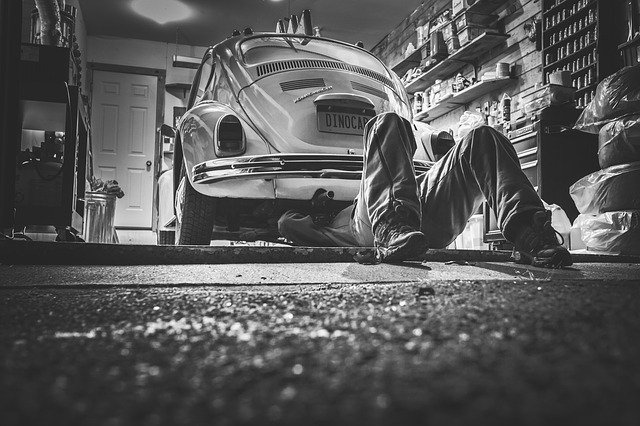
In the warm season, it is enough to start the engine, fasten the belt, and you can safely hit the road. In winter, this algorithm is noticeably more complicated. It is important to warm up the car, remove ice or snow from the windshield if necessary, check the battery, make sure the lights are working, and of course, take care of the “winter” tires in advance. All this is due to the fact that the car sometimes works in extreme conditions in winter. Like people, cars do not like sudden changes in temperature, as well as various chemicals, in the form of road reagents and salts. But let’s talk about everything in order.
Helpful Hints
To avoid such a common winter problem as frozen doors, a can or tube of silicone grease is enough. Make it a rule every fall, a couple of weeks before a cold snap, to lubricate all rubber seals on the doors and in the trunk with silicone. The lubricant will reliably protect the rubber bands from water, preventing it from accumulating in the openings. As a result, during frosts, there will simply be nothing to freeze in the doors, and the doors will always open with ease. And you don’t have to run home for a kettle of boiling water.
Before winter, it is worth checking all belts and pipes for microcracks. Rubber tends to crack with age, which can lead to breakage at the most inopportune moment. So that the belt does not burst, and the pipe does not drip, it is better to replace them in a timely manner.
Don’t forget the windshield wipers too. Visibility directly depends on their work, and this is safety. If the brushes do not clean the glass well, they should be replaced immediately. On frosty days, it is better to raise the leashes, preventing the wipers from freezing to the windshield. And if this still happened, then you should not tear them off with your hands – damage the rubber edge, or use the switch to burn the drive motor. It is better to calmly warm the glass (by blowing or built-in heating) and when the ice turns into water, calmly brush it off with the wipers.
Fill full tank. And know that driving on the same pairs, constantly refueling for a “couple of liters” is harmful to the car at any time of the year. And in winter, changing temperatures can lead to condensation on the walls of a half-empty tank, which will cause water to get into gasoline. Since it is heavier than fuel, water can subsequently get into the fuel line and freeze. As a result, gasoline will flow worse into the engine, which will lead to breakdown.
Check tire pressure. We have already talked about the need to “change shoes” for winter tires. At the same time, tire pressure is equally important. Do not pump them over – in this case, the contact patch of the tire with the road decreases. But under-inflated tires will not bring anything good either. However, there is an exception here. If you suddenly get stuck in a snowdrift, you can overcome it with a fairly strong depressurization of the tires. Sometimes even up to 1 atmosphere. Almost deflated tires “open” the tread as much as possible, increasing the tire area. As a result, the vehicle’s patency on loose snow is improved. But do not forget, getting out of the snowdrift, return the tire pressure to the nominal! In this case, you must have a compressor with you, or, at worst, a foot pump. You can pump up the wheels, checking the pressure in the tires at the same time, at the gas station. If you are just about to buy, then you should look at review tires.
Always keep tools and first aid supplies in the car. Of course, you should always have a spare tire and keys so that in case of a breakdown you can change the wheel. Do not be stingy and allocate space in the trunk for a liter bottle of engine oil, antifreeze and antifreeze – just in case! Also, always carry a scraper with you. With it, you can clean the windshield much faster. A small set of universal tools and work gloves will not be superfluous – so as not to turn the nuts with hardened hands in the cold. Be sure to put the wires for “lighting”, because even a new battery can suddenly run out and it is better to have a safety net for this case. You can also put spare fuses, headlight bulbs, an extra first aid kit, a warm blanket. All this will not take up much space, but can be very useful in an emergency on a winter road.


